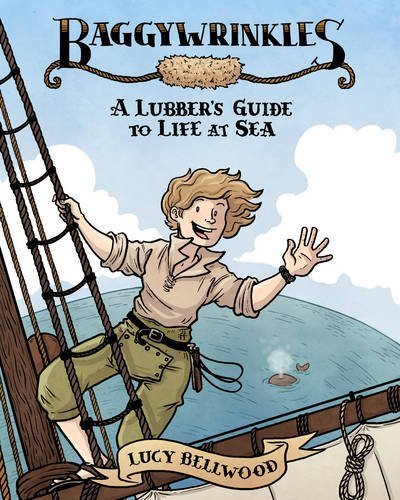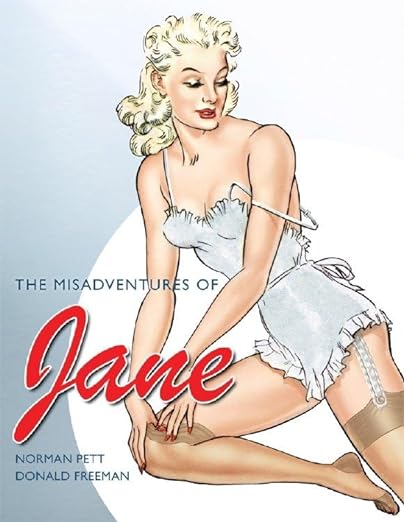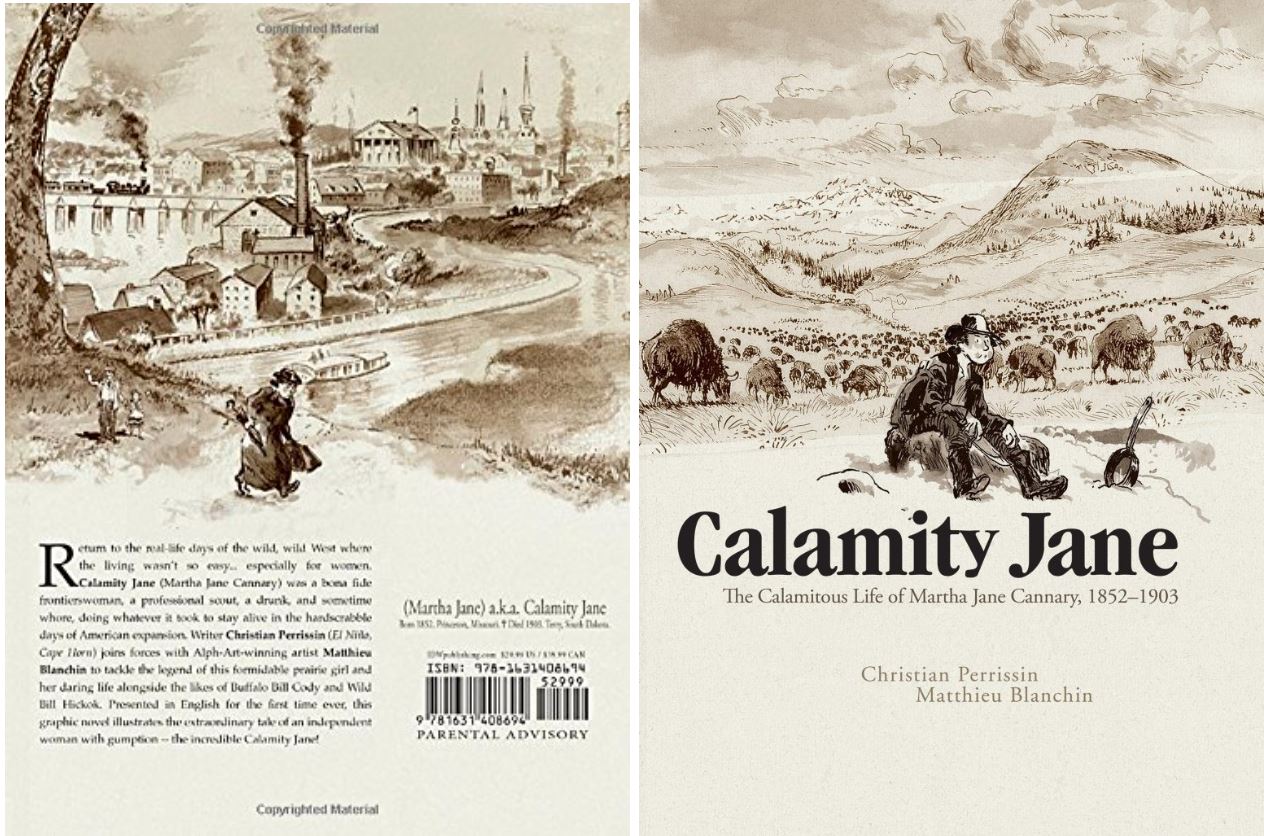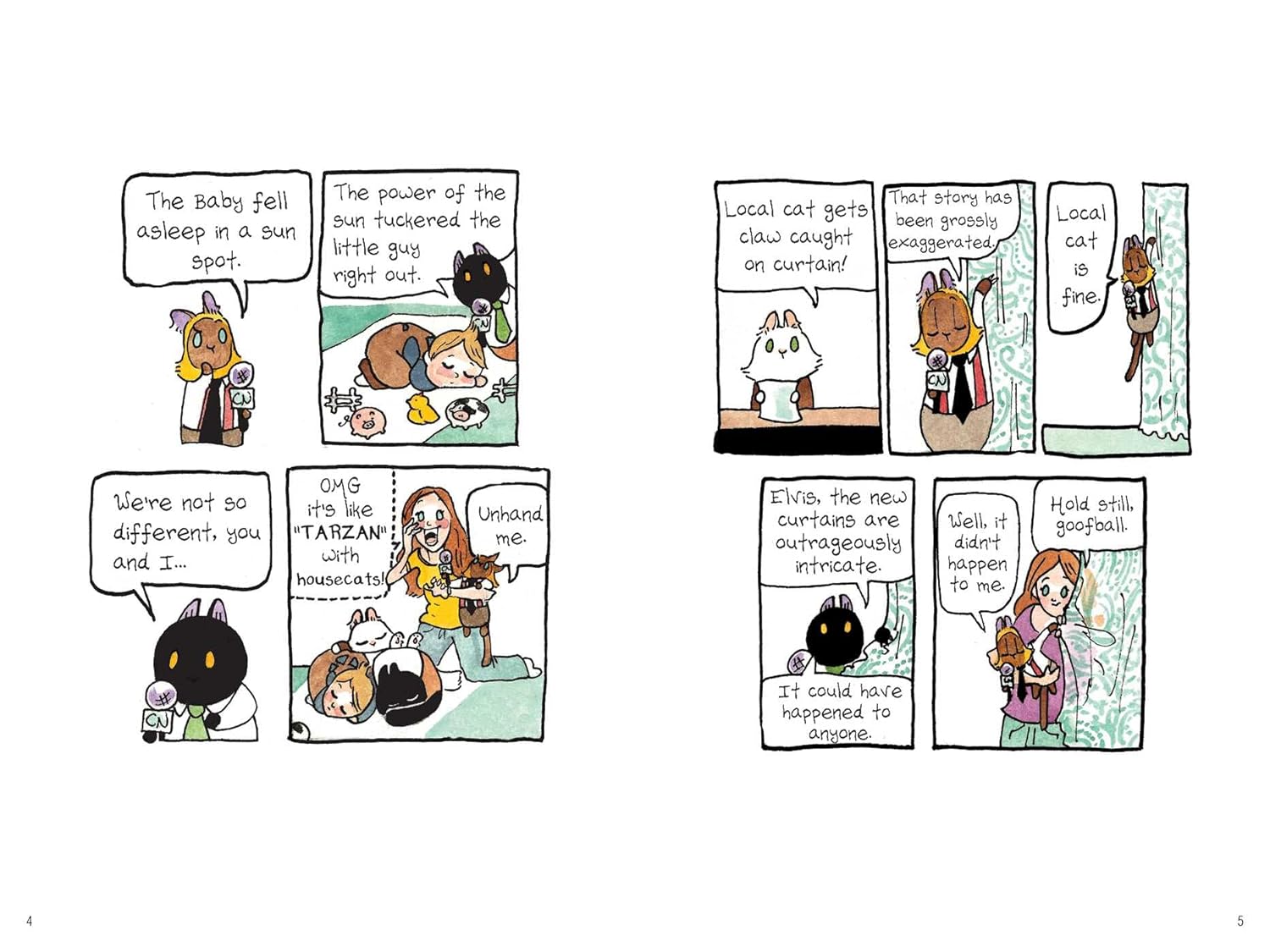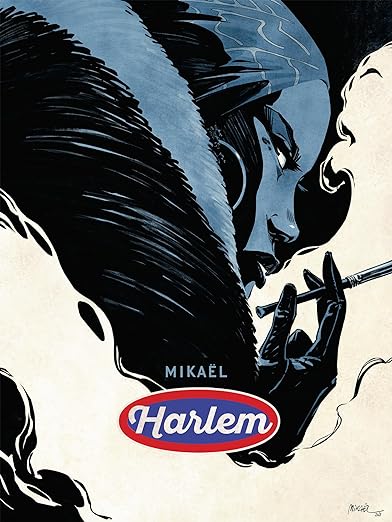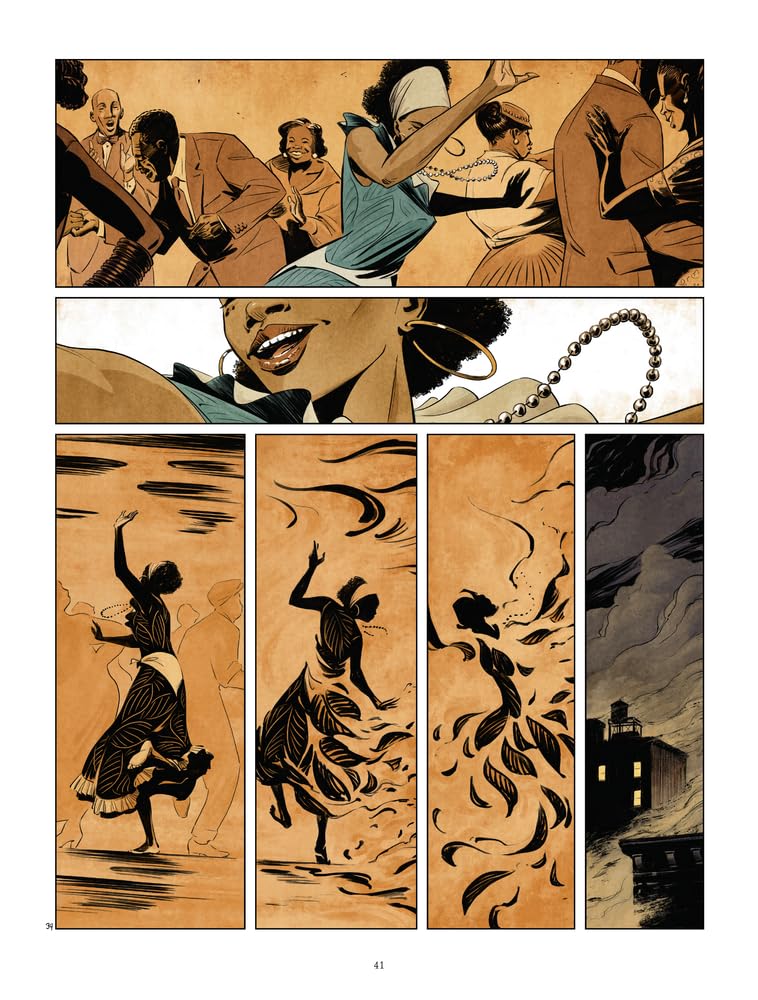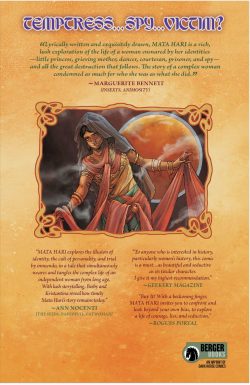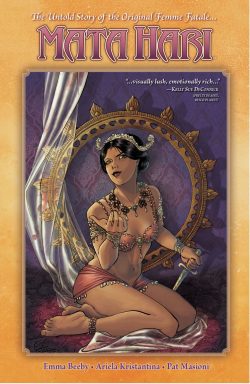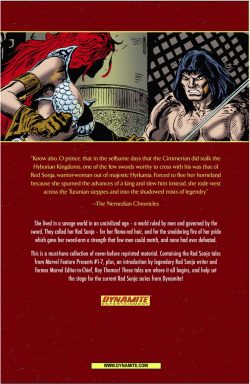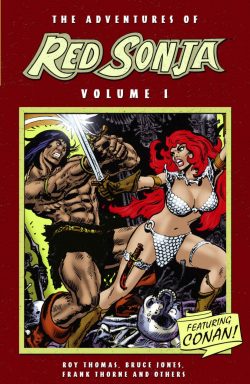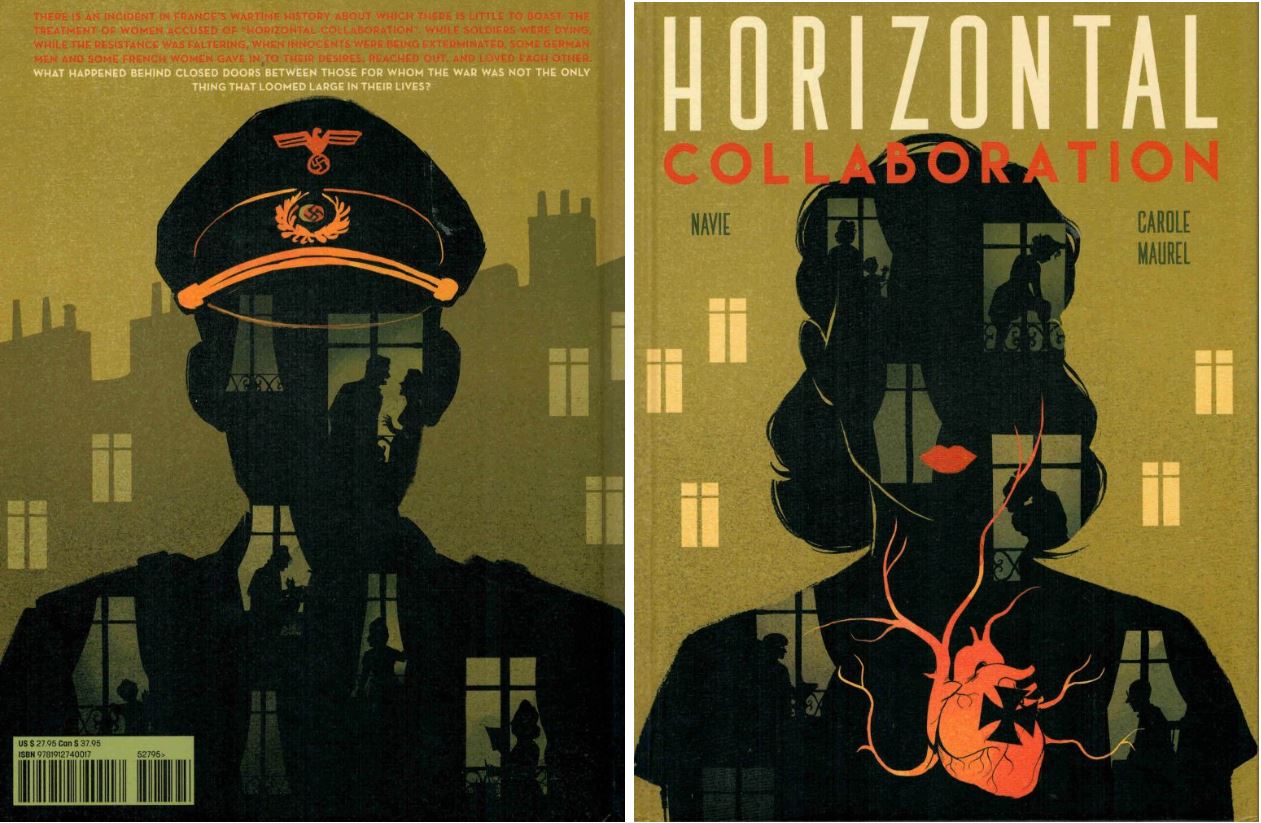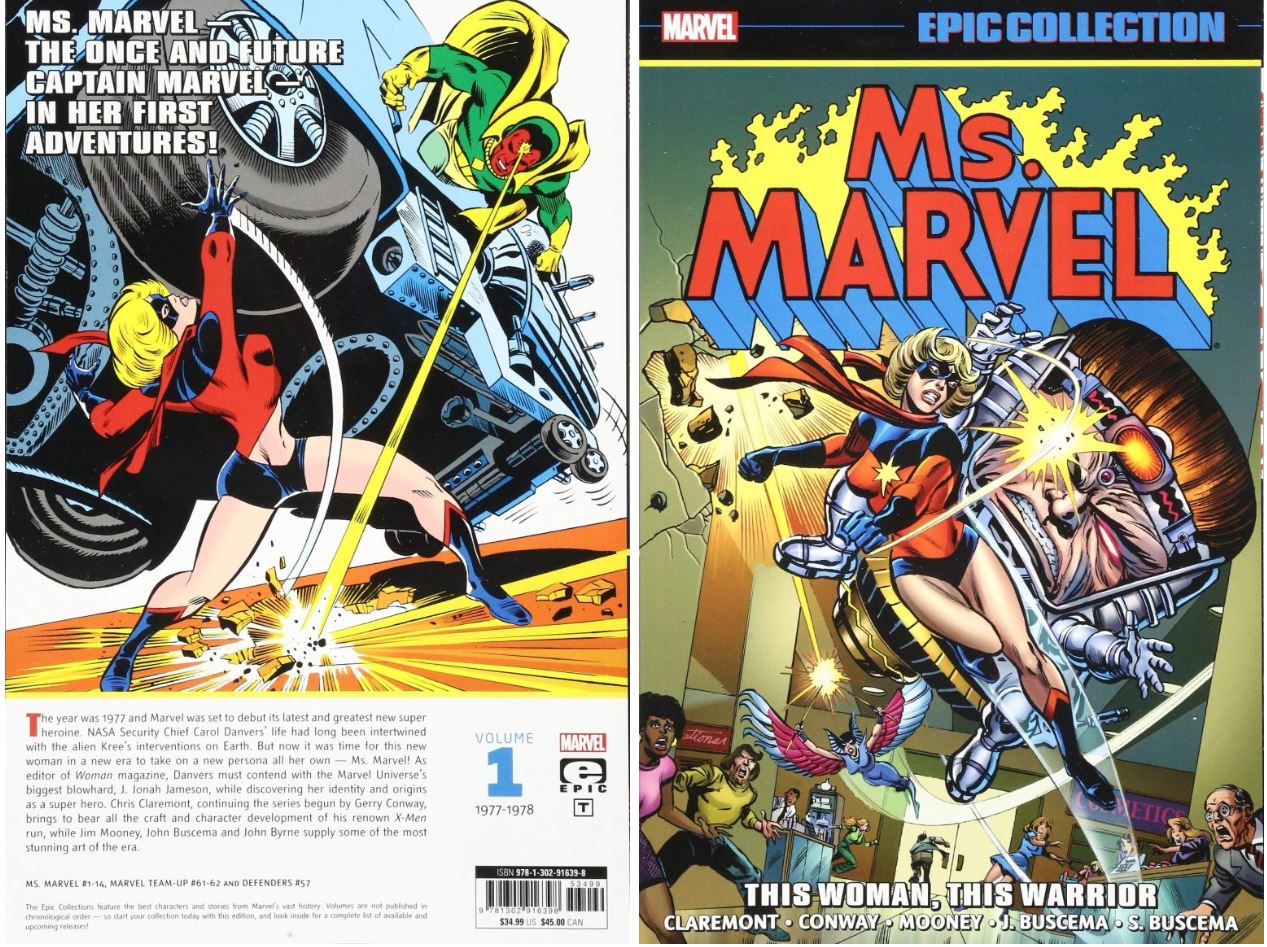
By Gerry Conway, Chris Claremont, John Buscema, Sal Buscema, Jim Mooney, John Byrne, Keith Pollard, Carmine Infantino, George Tuska & various (Marvel)
ISBN: 978-1-3029-1639-8 (TPB/Digital edition)
Until relatively recently American comics and especially Marvel had very little in the way of positive female role models and almost no viable solo stars. Although a woman starred in the very first comic of the Marvel Age, The Invisible Girl took decades to become a potent and independent character in her own right – or even just be called “woman”. The company’s very first starring heroine was Black Fury: a leather-clad, whip-wielding crimebuster imported from a newspaper strip created by Tarpe Mills in April 1941. The sultry sentinel was repackaged as a resized reprint for Timely’s funnybooks and renamed Miss Fury to enjoy a 4-year run (1942-1946) – although her tabloid incarnation fought on until 1952. Fury was actually predated by Silver Scorpion, who debuted in Daring Mystery Comics #7 (April 1941), but she was relegated to a minor position in the book’s line-up and endured a very short shelf-life.
Miss America premiered in anthological Marvel Mystery Comics (#49, November 1943), created by Otto Binder & artist Al Gabriele. After a few appearances, she won her own title in early 1944. Miss America Comics lasted, but the costumed cutie didn’t as – with the second issue (November1944) – the format changed, to become a combination of teen comedy, fashion feature and domestic tips magazine. Feisty take-charge superheroics were steadily squeezed out and the title is most famous now for introducing virginal evergreen teen ideal Patsy Walker. A few other woman warriors appeared immediately after the War, many as spin-offs and sidekicks of established male stars such as female Sub-Mariner Namora (debuting in Marvel Mystery Comics #82, May 1947 before graduating to her own 3-issue series in 1948).
She was soon joined by the Human Torch’s secretary Mary Mitchell who, as Sun Girl, helmed her own 3-issue 1948 series before becoming a wandering sidekick and guest star in Sub-Mariner and Captain America Comics. Draped in a ballgown and wearing high heels, masked detective Blonde Phantom was created by Stan Lee & Syd Shores for All Select Comics #11 (Fall 1946) whilst sort-of goddess Venus debuted in her own title in August 1948, becoming the gender’s biggest Timely-Atlas-Marvel success until the advent of the “Jungle Girl” fad in the mid-1950s. This was mostly by dint of the superb stories and art by the great Bill Everett and by ruthlessly changing genres from crime to romance to horror every five minutes…
Jann of the Jungle (by Don Rico & Jay Scott Pike) was just part of an anthology line-up in Jungle Tales #1 (September 1954), but she took over the title with the 8th issue (November 1955). Jann of the Jungle continued until June 1957 (#17), spawning a host of in-company imitators like Leopard Girl, Lorna the Jungle Queen and so on…
During the costumed hero boom of the 1960s, Marvel experimented with a title shot for Inhuman émigré Madame Medusa in Marvel Super-Heroes (#15, July 1968) and a solo series for the Black Widow in Amazing Adventures #1-8 (August 1970 to September 1971). Both were sexy, reformed villainesses, not wholesome girl-next-door heroes – and neither lasted solo for long.
When the costumed crazies craze began to subside in the 1970s, Stan Lee & Roy Thomas looked into creating a girl-friendly boutique of heroines written by women. Opening shots in this mini-liberation war were Claws of the Cat by Linda Fite, Marie Severin & Wally Wood and Night Nurse by Jean Thomas & Win Mortimer (both #1’s cover-dated November 1972).
Contemporary jungle queen Shanna the She-Devil #1 – by Carole Seuling & George Tuska – was out in December 1972; but despite impressive creative teams none of these fascinating experiments lasted beyond a fifth issue.
Red Sonja, She-Devil with a Sword, caught every one’s attention in Conan the Barbarian #23 (February 1973) and eventually won her own series, whilst The Cat mutated into Tigra, the Were-Woman in Giant-Size Creatures #1 (July 1974), but the general editorial position was “books starring chicks don’t sell”…
The company kept on plugging though, and eventually found the right mix at the right time with Ms. Marvel who launched in her own title cover-dated January 1977. She was followed by the equally copyright-protecting Spider-Woman (in Marvel Spotlight #32: February 1977), who secured her own title 15 months later) and Savage She-Hulk (#1, February 1980). She was supplemented by the music-biz sponsored Dazzler who premiered in Uncanny X-Men #130 the same month, before inevitably graduating to her own book.
Ms. Marvel was actually Carol Danvers, a US Air Force security officer first seen in Marvel Super-Heroes #13 (March 1968): the second episode of the unfolding tale of Kree warrior Mar-Vell, dispatched to Earth as a spy after the Fantastic Four repulsed the alien Kree twice in two months. In that series the immensely competent Carol seemed stalled, perpetually investigating Mar-Vell’s assumed and tenuous cover-identity of Walter Lawson for months. This was until Danvers was caught up in a devastating battle between the now-defecting alien and his nemesis Colonel Yon-Rogg in Captain Marvel #18 (November 1969).
Caught in a climactic explosion of alien technology, she pretty much vanished from sight until Gerry Conway, John Buscema & Joe Sinnott revived her in Ms. Marvel #1 (January 1977) where ‘This Woman, This Warrior!’ opened a new chapter for the company and the industry.
This sturdy economical tome collects Ms. Marvel #1-14 plus guest appearances in Marvel Team-Up #61-62 and The Defenders #57, cumulatively spanning cover-dates January 1977 – March 1978, diving straight into the ongoing mystery. The irrepressible but partially amnesiac Danvers has relocated to New York to become editor of “Woman”: a new magazine for modern misses published by Daily Bugle owner J. Jonah Jameson.
Never having fully recovered from her near-death experience, Danvers left the military and drifted into writing, slowly growing in confidence until the irascible publisher makes her an offer she can’t refuse. At the same time as Carol is getting her feet under a desk, a mysterious new masked hero begins appearing and as rapidly vanishing, such as when she pitches up to battle the sinister Scorpion as he perpetrates a brutal bank raid. The villain narrowly escapes to rendezvous with Professor Kerwin Korwin of AIM (high-tech secret society Advanced Idea Mechanics). The skeevy savant has promised to increase the Scorpion’s powers and allow him to take long-delayed revenge on Jameson – whom the demented thug blames for his freakish condition…
Danvers has been having premonitions and blackouts since her involvement in the final clash between Mar-Vell and Yon-Rogg and has no idea she is transforming into Ms. Marvel. Her latest vision-flash occurs too late to save Jameson from abduction, but her “Seventh Sense” does allow her to track the villain before her unwitting new boss is injured, whilst her incredible physical powers and knowledge of Kree combat techniques enable her to easily trounce the maniac.
The second issue announced an ‘Enigma of Fear!’ in a return engagement for the Scorpion as Korwin and AIM make Ms. Marvel their new science project. As he turns himself into armoured assassin Destructor, Carol’s therapist Mike Barnett achieves an analytical breakthrough with his patient and discovers she is a masked metahuman before she does…
Although again felling the Scorpion, Ms. Marvel is ambushed by the Destructor, but awakes in #3 (written by Chris Claremont) to turn the tables in ‘The Lady’s Not for Killing!’
Travelling to Cape Canaveral to interview old friend Salia Petrie for a women-astronauts feature, Danvers is soon battling an old Silver Surfer foe on the edge of space, where all her occluded memories explosively return just in time for a final confrontation with Destructor. In the midst of the devastating bout she nearly dies after painfully realising ‘Death is the Doomsday Man!’ (with Jim Mooney taking over pencils for Sinnott to embellish).
The Vision guest-stars in #5 as Ms. Marvel crosses a ‘Bridge of No Return’. When Dr. Barnett reveals he knows her secret, Carol is forced to fight the Android Avenger after AIM tricks the artificial hero into protecting a massive, mobile “dirty” bomb. ‘…And Grotesk Shall Slay Thee!’ then pits her against a subterranean menace determined to eradicate the human race, culminating in a waking ‘Nightmare!’ when she is captured by AIM’s leader Modok and all her secrets are exposed to his malign scientific scrutiny. Grotesk strikes again in #8 as ‘The Last Sunset…?’ almost dawns for the planet, whilst ‘Call Me Death-Bird!’ (art by Keith Pollard, Sinnott & Sam Grainger) introduces a mysterious, murderous avian alien who would figure heavily in many a future X-Men and Avengers saga, but who spends her early days allied to the unrelenting forces of AIM as they attack once more in ‘Cry Murder… Cry Modok!’ (Sal Buscema & Tom Palmer).
A push to achieve greater popularity saw the neophyte in consecutive issues of Marvel Team-Up (#61-62, September & October 1977). Claremont had actually begun scripting that title with issue #57 with a succession of espionage-flavoured heroes and villains battling for possession of a mysterious clay statuette. As illustrated by John Byrne & Dave Hunt, the secret of the artefact is revealed in #61 as Human Torch Johnny Storm joins his creepy-crawly frenemy Spider-Man in battle against Super-Skrull and learns ‘Not All Thy Powers Can Save Thee!’, before the furious clash calamitously escalates to include Ms. Marvel with follow-up ‘All This and the QE2’. Here, the Kree-human hybrid uses knowledge and power she didn’t know she had and comes away in possession of an ancient, alien power crystal…
Frank Giacoia inks Sal B in Ms. Marvel #11’s ‘Day of the Dark Angel!’, wherein supernal supernatural menaces Hecate, the Witch-Queen and The Elementals (a group formerly seen fighting The Living Mummy) attack the Cape, tragically preventing Carol from rescuing Salia and her space shuttle crew from an incredible inter-dimensional disaster…
With Sinnott inking, the astonishing action continues in ‘The Warrior… and the Witch-Queen!’ before ‘Homecoming!’ (Mooney pencils) explores Carol’s blue-collar origins in Boston as she crushes a couple of marauding aliens before the all-out action and tense suspense concludes when ‘Fear Stalks Floor 40’ (illustrated by Carmine Infantino & Steve Leialoha) with the battered and weary warrior confronting her construction worker, anti-feminist dad whilst saving his business from the sinister sabotage of The Steeplejack’.
Wrapping up the show is another guest shot – this time from The Defenders #57 (March 1978). Crafted by Claremont, George Tuska & Dave Cockrum, ‘And Along Came… Ms. Marvel’ sees the “non-team” of outsiders and antiheroes paid a visit after Carol’s prescient senses warn her of their imminent ambush by AIM. Cue cataclysmic combat…
This comprehensive chronicle includes ‘Ms. Prints’: Conway and David Anthony Kraft’s editorials on the hero’s origins from Ms. Marvel #1 & 2, original character sketches by John Romita Senior, a house ad, and unused cover sketches by John Buscema and Marie Severin and pages of original art by Sal Buscema, Giacoia & Sinnott and Infantino & Leialoha.
Always entertaining, frequently groundbreaking and painfully patronising (occasionally at the same time), the early Ms. Marvel, against all odds, grew into the modern Marvel icon of capable womanhood we see today in both comics and on screen as Captain Marvel. These exploits are a valuable grounding of the contemporary champion but also still stand on their own as intriguing examples of the inevitable fall of even the staunchest of male bastions: superhero sagas…
© 1977, 1978, 2018 Marvel Characters, Inc. All rights reserved.
